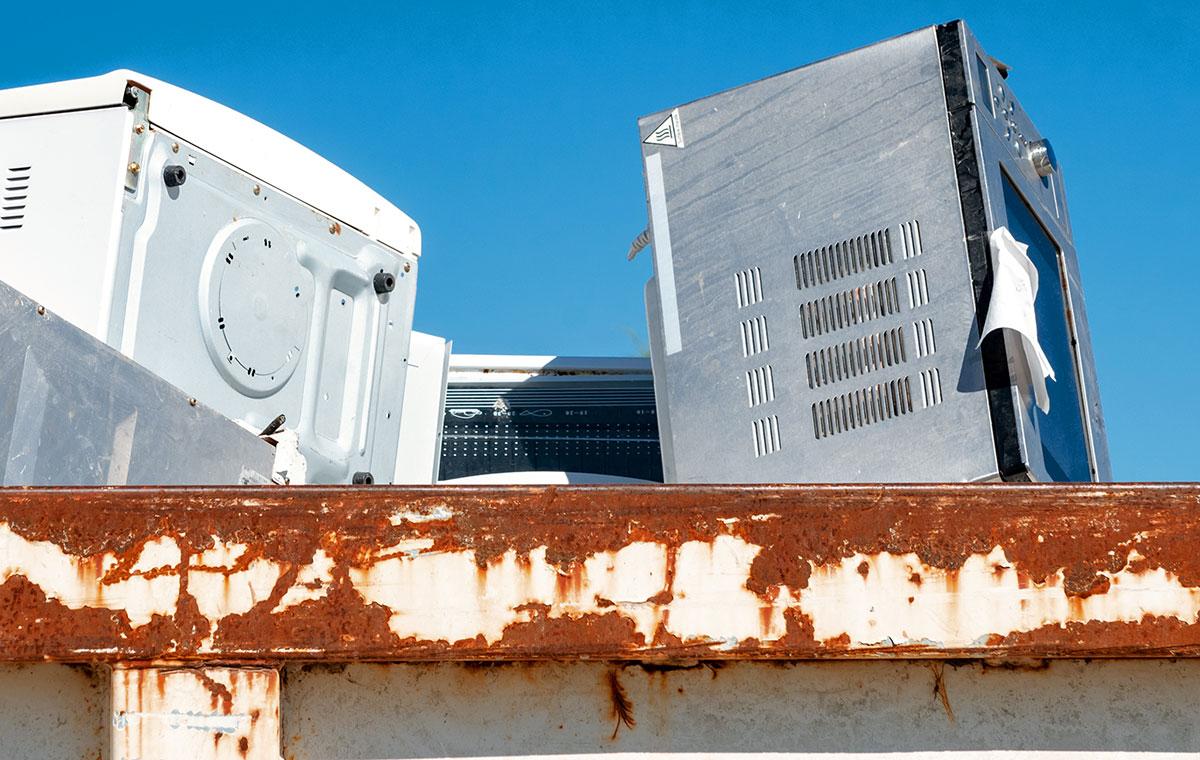Is non-household WEEE the success-story?
Last week, Defra published the figures for the volume of WEEE collected for recycling covering the first quarter of 2019. This is the first opportunity, post-Open Scope, that the industry has had to analyse the state of the market according to official collection data. So what’s changed? Helpfully, both a lot and a little at the same time.
While the combined household and non-household tonnage collected has risen by 2,044 tonnes compared with Q1 2018, non-household collections have risen by only 36 tonnes to 1,965. This incremental rise is consistent with previous Q1 year-on-year data comparisons and does indicate an upward trend compared to previous quarters.

However, the rates of collection for Large Household Appliances has fallen significantly, by roughly 75%, from 320.5 tonnes in Q1 2018 to 74.7 in Q1 2019. Meanwhile, reported collections of Cooling Appliances Containing Refrigerants have more than doubled from 325 tonnes to 905.
So what does this indicate for 2019?
With collection rate targets having been set exceptionally high for 2019, the numbers suggest non-household and household WEEE are both behind where they need to be.
While this is far from ideal, it does lay the foundations for the upcoming WEEE regulation consultation period. This will be a vital opportunity for B2B Compliance to represent our members’ interests when directly engaging with the key policy-makers.
B2B Compliance’s Head of Policy, Robbie Staniforth, commented: “The figures show the B2C evidence targets don’t quite work. Higher targets don’t lead to more reported WEEE recycling because much of the material is mixed with other scrap metal waste. We are working with government to inform them about the areas of the system that do and don’t work ahead of their planned public consultation in 2020.”


